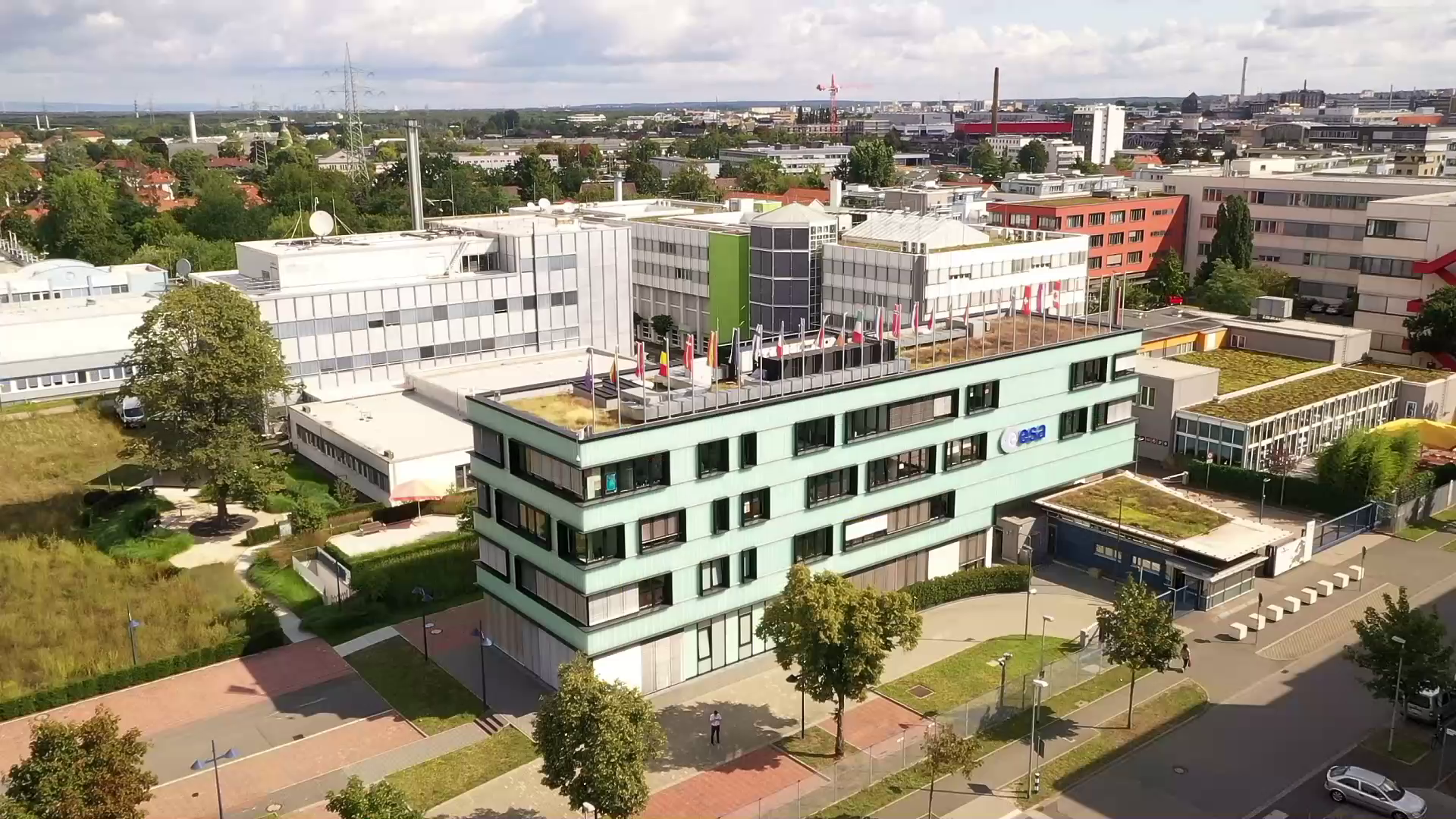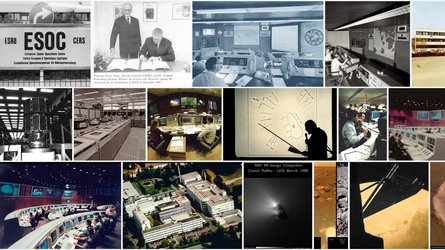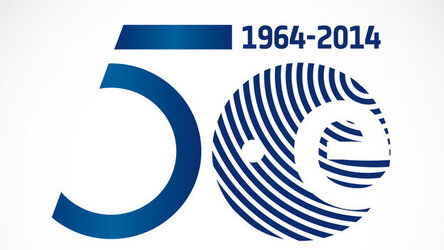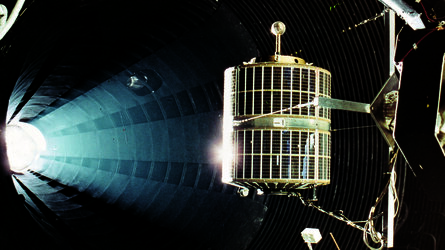Happy birthday ESOC
Fifty years ago tomorrow, the European Space Operations Centre was inaugurated in Darmstadt, Germany. Since then, the centre has become known worldwide as Europe’s ‘Gateway to Space’.
The European Space Operations Centre (ESOC) was inaugurated just a decade after the Soviet Union placed Sputnik 1 into orbit in 1957, its plaintive radio beeps signalling that the era of space exploration had begun.
In five decades, ESOC mission control has flown 77 spacecraft, ranging from telecom, weather, Earth observation and climate monitoring satellites to spacecraft studying the Sun and peering deep into our Universe.
Many missions have been flown in collaboration with European and international partners.
Exploring our Solar System, teams at the centre have flown missions to the Moon, Mars and Venus, as well as three epic triumphs: Giotto’s flyby of Halley’s Comet in 1986, the Huygens landing on Saturn’s moon Titan in 2005 and Rosetta’s delivery of Philae to Comet 67P/Churyumov-Gerasimenko in 2014 – humankind’s first landing on a comet.


Access the video
Today, ESOC is responsible for operating 10 missions comprising 17 satellites, including missions for Europe’s Copernicus programme, with a dozen more missions under active preparation, including exploration missions in cooperation with Japan and Russia.
The centre’s operations expertise extends to complex challenges, like launching or flying constellations of satellites that are needed to deliver benefits to citizens everywhere, such as Galileo and the Sentinel family.
It is ESA’s centre for the development and testing of innovative mission-control techniques and new technologies related to ground systems, ground stations, space debris, space weather and other hazards.
Celebrating with ESOC
“On 8 September, we celebrate with ESOC a half-century of teamwork and technical and engineering success in spaceflight,” says ESA Director General Jan Woerner.

“More importantly, ESOC is the place where, each day, we exercise our deep cooperation with European national agencies, international partners and many other ‘Space 4.0’ actors, so we should also celebrate the day as a significant milestone on the road to Europe’s future in space.”
“Congratulations to ESOC for five decades as ESA’s – and Europe’s – foremost mission control centre.”
Humble origins to world class
The world-class control centre we know today started out humbly, when the European Space Research Organisation (ESRO) – one of the parent organisations of ESA – decided to establish its data analysis centre at a government institute in Darmstadt in 1963, in part because they had a computer.

By 1967, ESDAC, as the centre was then known, had its own computer and had moved to a purpose-built building, located on the west side of Darmstadt, on the site of today’s ESOC campus. Moreover, it had been decided that responsibility for ESRO’s new ground station facilities and for mission operations would be moved from the ESTEC technology centre in the Netherlands to Darmstadt.
The move meant an influx of personnel for Darmstadt, an expanded purpose and a new name. ESOC was officially inaugurated on 8 September 1967, and has since achieved a rich history of success in space. Its very first mission, ESRO-2B, was under control just eight months later.
Providing expertise
ESOC has always been where ‘mission come alive’: where teams of experts assume control of satellites after launch, see them through the most demanding missions, and develop and manage ESA’s ground station network, the indispensable link to the spacecraft that are helping us to learn about our planet, our Solar System and our Universe.
ESA, too, has grown over the decades and the Agency’s Telecom, Earth Observation and Science mission managers have learnt they can entrust mission preparation and real-time flight control to the experts at ESOC – that their missions will be in capable hands.
After all, trust and competence are at the heart of all that happens in mission operations.
“Looking back at 50 years of expertise in all aspects of mission operations, I am impressed by the enduring ability of teams at ESOC to succeed in flying new types of missions, having developed and deployed innovate tools and techniques in each era to achieve scientific goals that no one else has,” says Rolf Densing, ESA’s Director of Operations and Head of the ESOC Establishment.


Access the video
“With five decades of unique experience, ESOC is extremely well positioned as the provider of specialist knowledge and the operator of complex missions spanning science, navigation and Earth observation in the future, even as we work increasingly with new commercial, academic and non-governmental space flight initiatives.
“Congratulations and sincere thanks to everyone at ESOC, past and present, who have helped shape the future and who always stayed at least one step ahead.”
More information
- ESOC mission history
- Timeline of the European Space Operations Centre
- Brief history of ESOC













